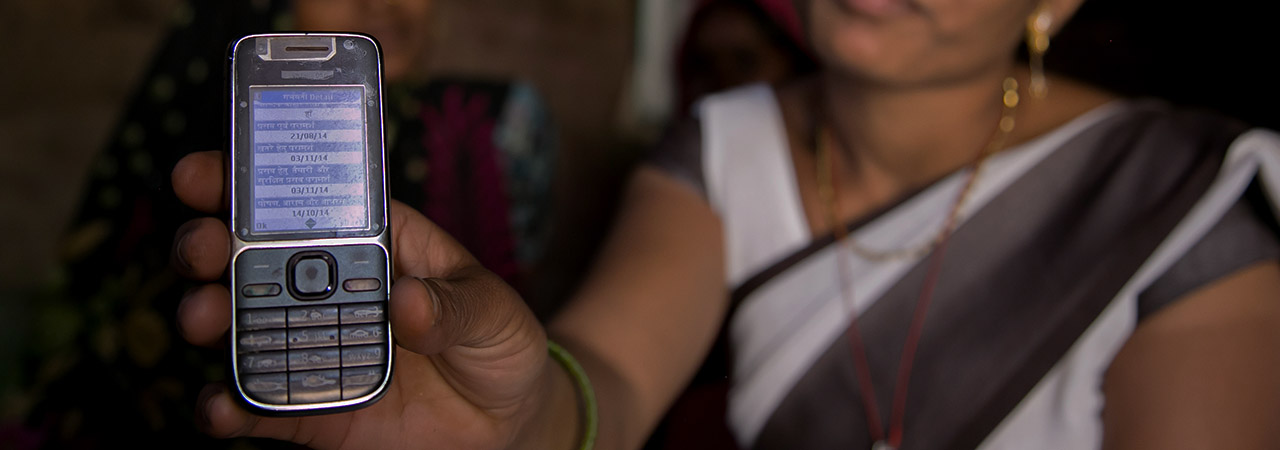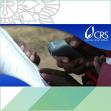

Media CenterTechnology for development is growing fastest in Asia, new survey finds
FOR IMMEDIATE RELEASE
CONTACT:
Kampala, Uganda:
Susan Walters
Catholic Relief Services
[email protected]
Baltimore, Maryland:
Nikki Gamer
Catholic Relief Services
[email protected]
(443) 955- 7125
2nd Annual survey of the use of technology in the humanitarian and development sector finds most growth in Asia, among other trends
KAMPALA, UGANDA, April 30, 2019 – Technology that is used in humanitarian and development work is growing fastest in Asia, followed by Africa, according to a survey released today in conjunction with the start of the 11th Information Communications Technology for Development Conference (ICT4D). Catholic Relief Services (CRS), which conducted the technology-themed survey of NGO workers, is also the founder and lead sponsor of the conference, happening in Kampala April 30-May 3.
In addition to the poll’s results about where the NGO community sees the fastest growth in technology, the survey finds that the majority of users of technology are still the staff of aid/development organizations.
“It’s not enough that we have technological capability at our fingertips. We have to get technology into the hands of local partners and program participants,” said Jennifer Poidatz, CRS Vice President of Humanitarian Response, who gave the keynote address of the conference. “We must nurture the grass roots of preparedness and recovery.”
The ICT4D Conference is an annual gathering that brings together hundreds of people from across the humanitarian and development sector, as well as the academic, tech and government sector. CRS founded the conference in 2010 to advance the use of technology in the delivery and evaluation of humanitarian and development services.
For the past two years, CRS and Devex have polled conference participants to better understand the use of ICT4D.
Major highlights from the 2019 survey include:
- 47% of respondents identified Asia as having the most rapid growth in ICT4D compared to 33% who identified Africa.
- ICT4D tools provide a whole range of benefits to aid/development programs, from timely and higher quality data, to accountability. Those results were similar to last year’s poll. Although comparatively lower, two-thirds of respondents ranked cost savings as a major benefit of using digital tools.
- Respondents have notably fewer concerns with ICT4D than they did in the past, with a marked drop in concerns even from last year to this. Respondents said they were dramatically less concerned this year about return on investment on ICT4D tools.
- Looking forward, data analytics and connectivity hold the most potential for positively impacting the aid/development sectors. This year respondents valued analytics even more, and connectivity a little less, than in last year’s survey.
- However, 62% of respondents indicated their own staff are the largest user of ICT4D. Only 24% of organizations identified program participants as primary users, and partners reported 14%.
In her remarks opening the global gathering, Poidatz expressed concern that the survey shows a relatively low use of ICT4D among program participants given that three years ago the international community vowed to increase the capacity, voice, and leadership of “those on the front lines of response and recovery” as part of the “Grand Bargain.” But she went on to describe several CRS programs aimed at addressing this problem by increasing local ICT4D use, including a cash assistance program in 12 countries that gives simple debit cards to disaster victims and inexpensive smart phones to local vendors.
“We don’t have all the answers. We are stretching to fulfil our promises to build capacity of local leadership. Let’s ensure that technology helps us hear and respond to those whose voices are not being heard, to empower local responders and affected communities,” Poidatz concluded in her keynote address.
###
Catholic Relief Services is the official international humanitarian agency of the Catholic community in the United States. The agency alleviates suffering and provides assistance to people in need in more than 100 countries, without regard to race, religion or nationality. CRS’ relief and development work is accomplished through programs of emergency response, HIV, health, agriculture, education, microfinance and peacebuilding. For more information, visit www.crs.org or www.crsespanol.org and follow Catholic Relief Services on social media in English at Facebook, Twitter, Instagram and YouTube; and in Spanish at: Facebook, Twitter and Instagram.
-----------------------------------------------------------------------------------------------------------------------------------------
Online Tools:
CRS Online Press Room: www.crs.org/press-room




